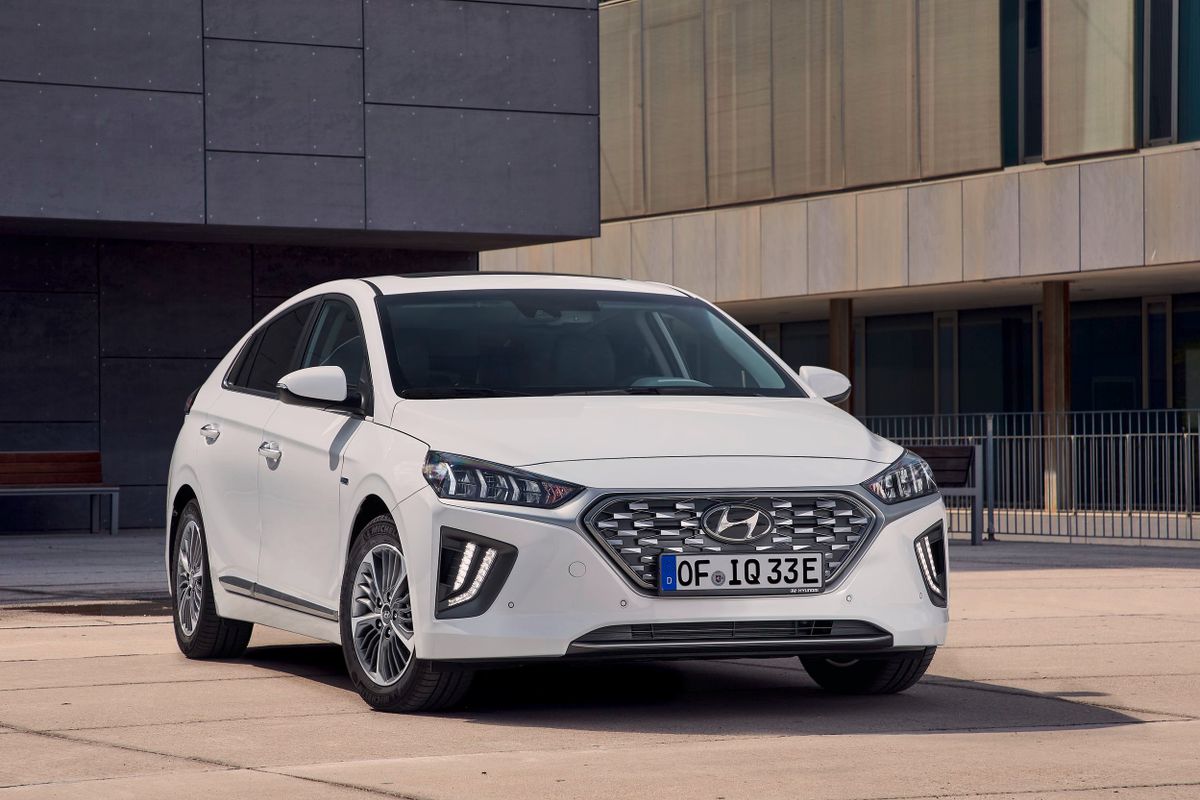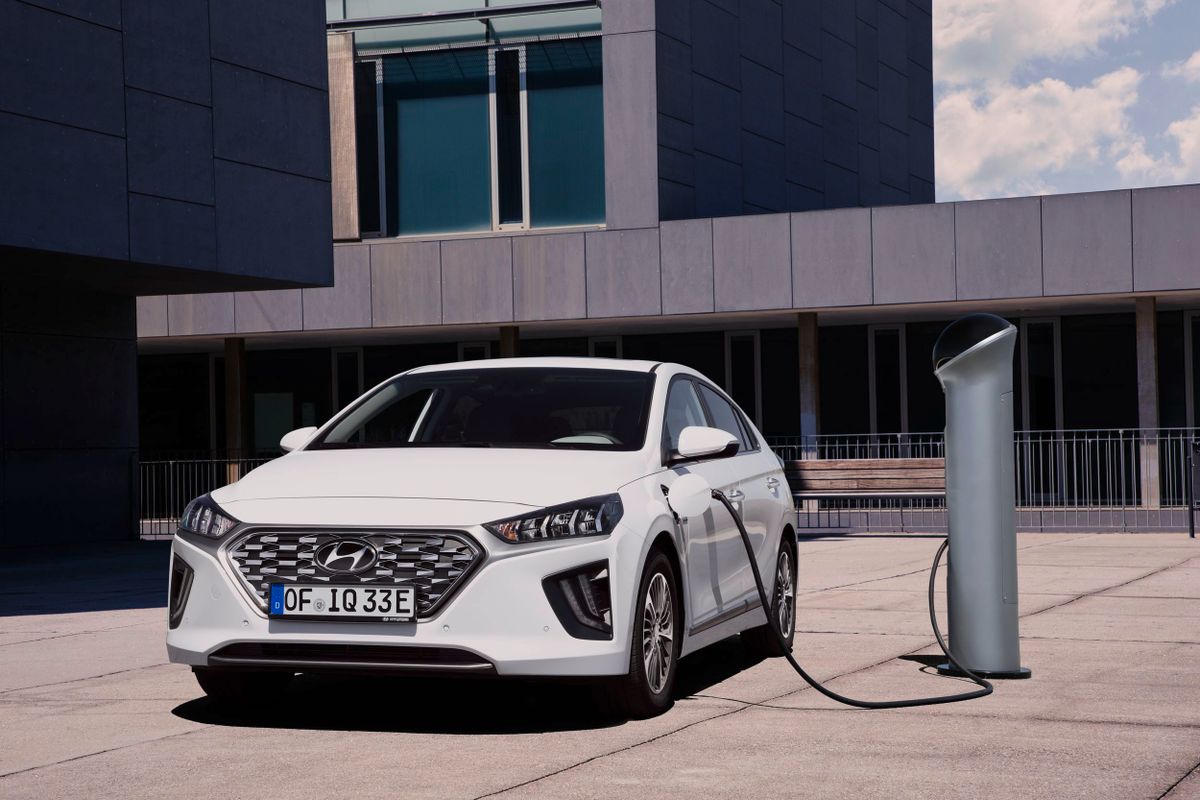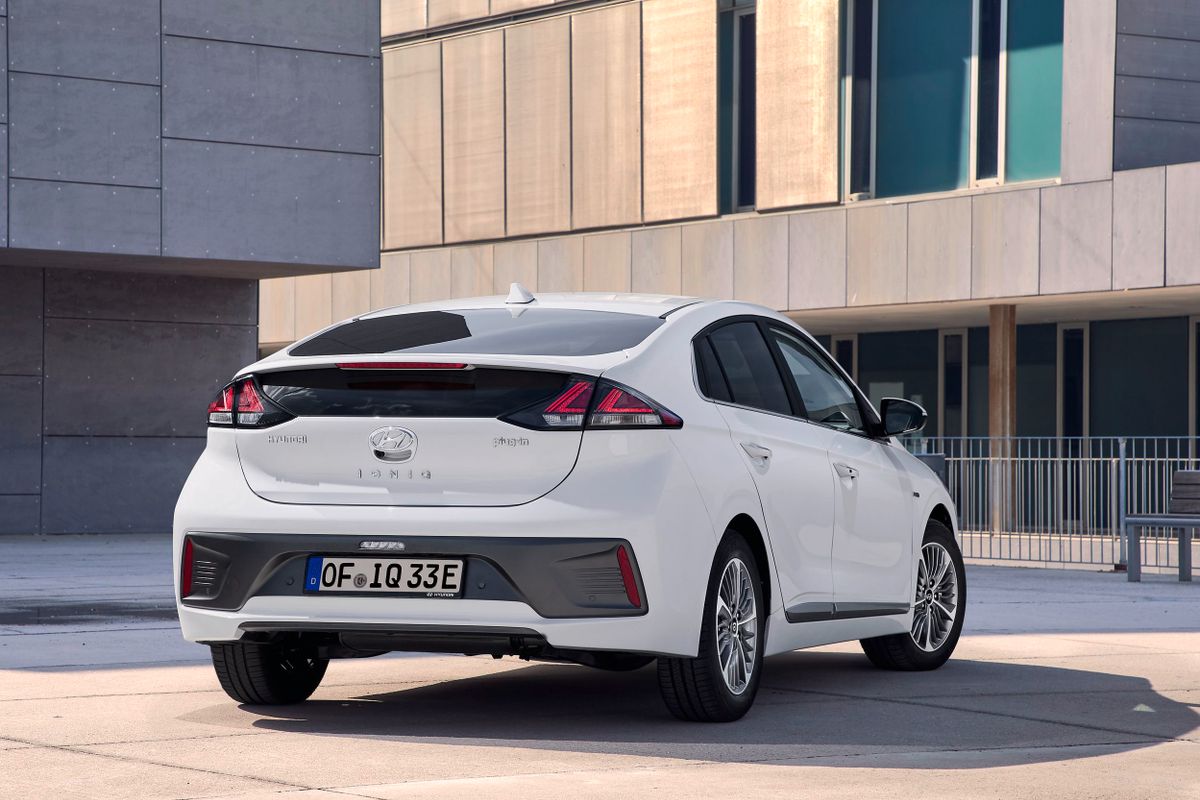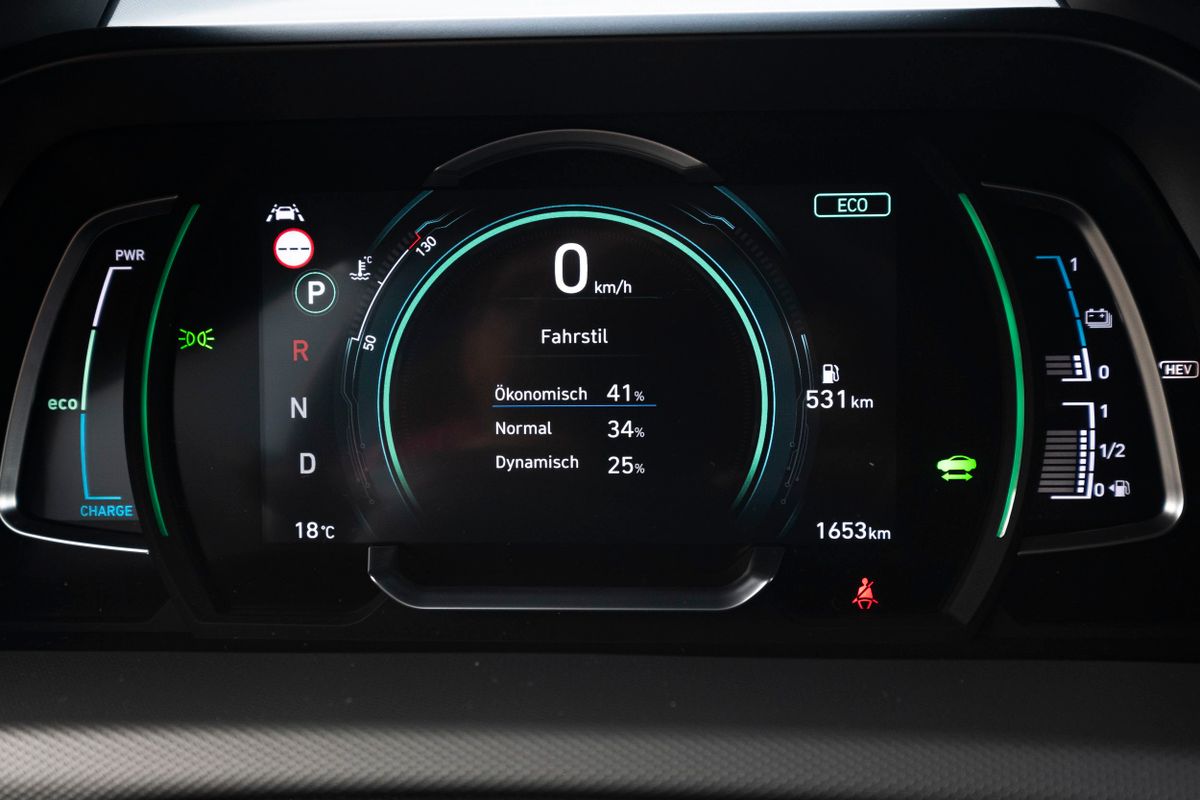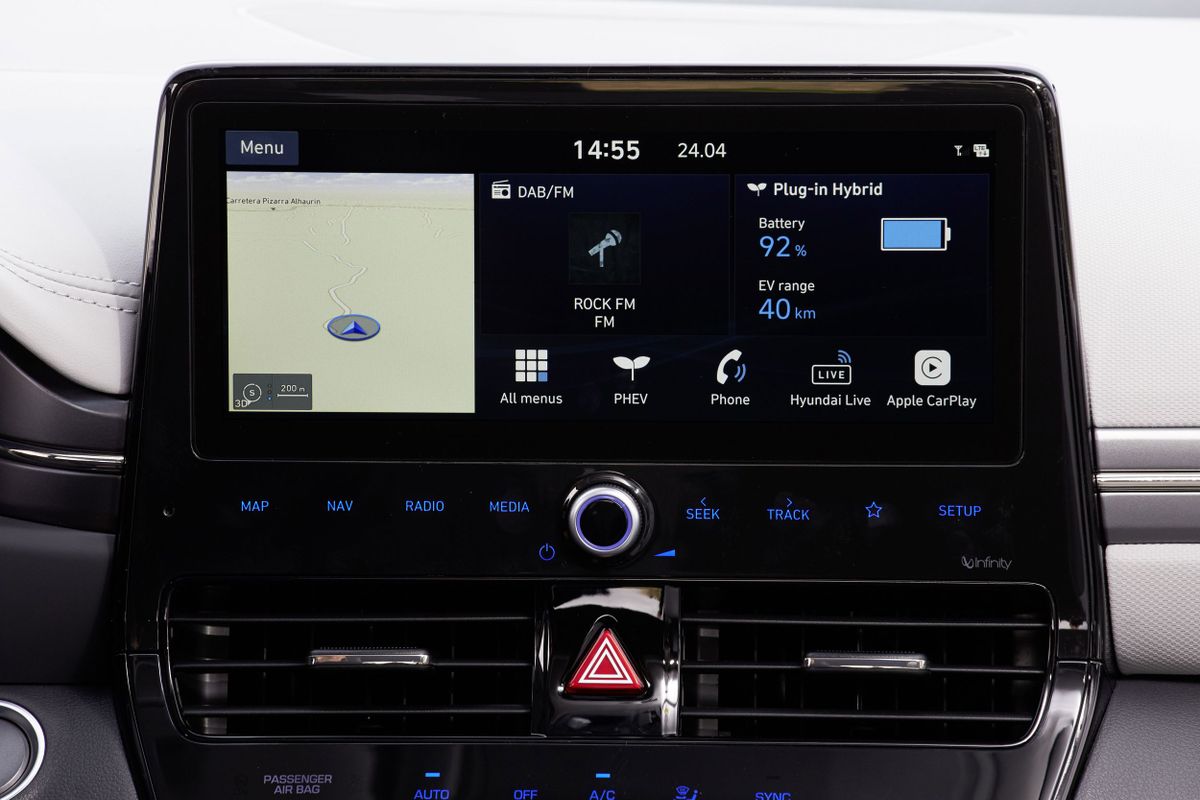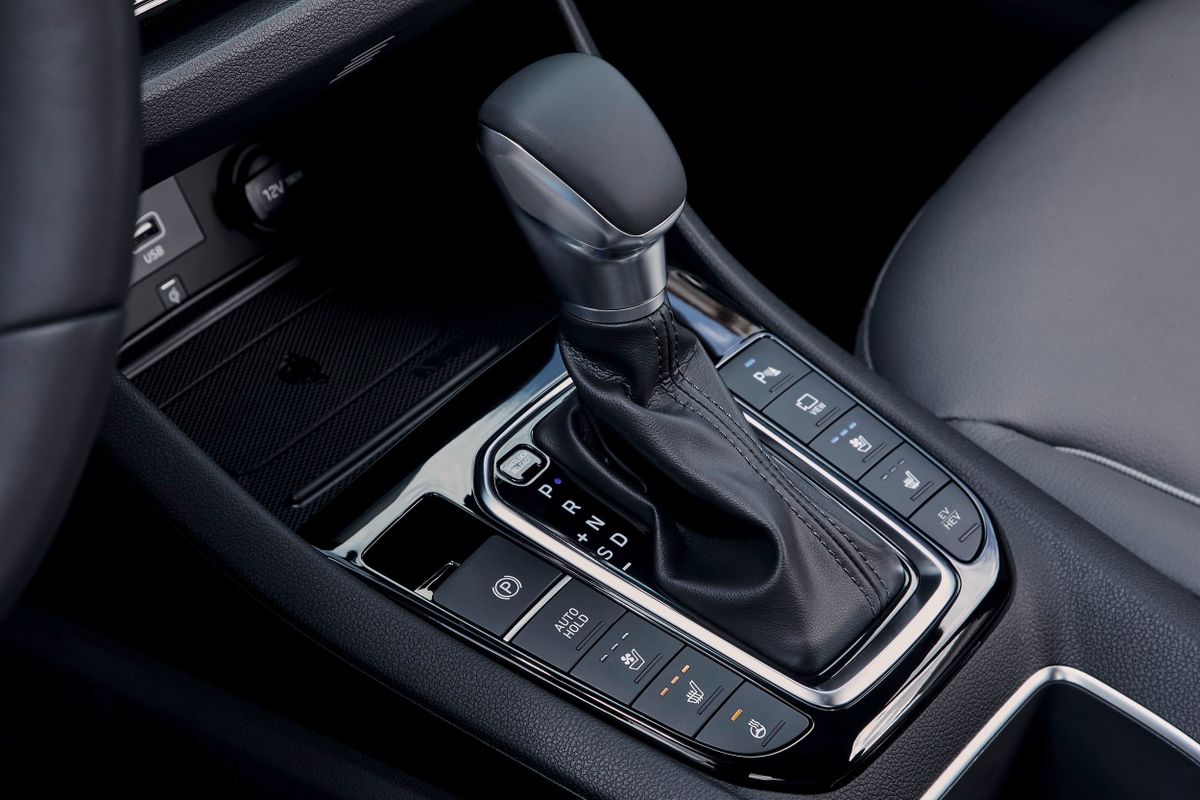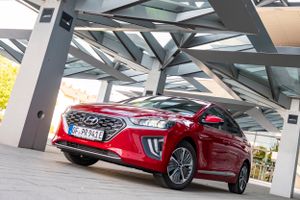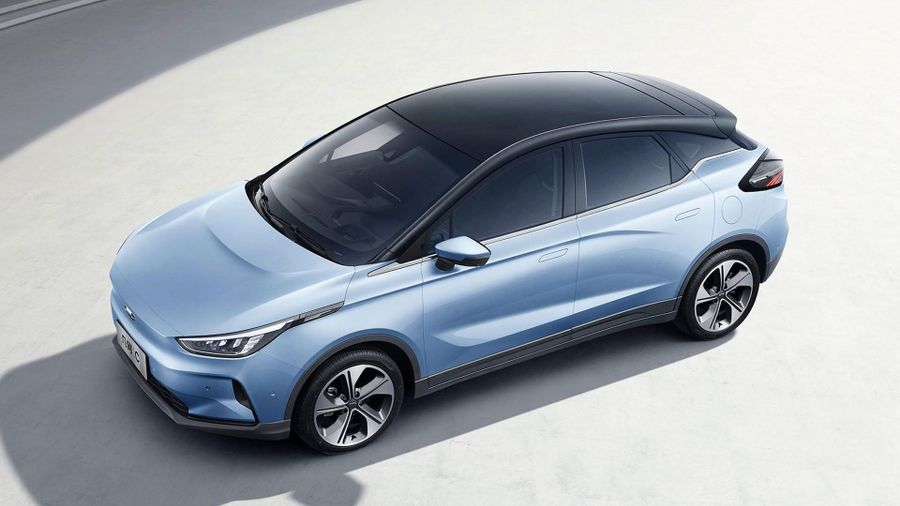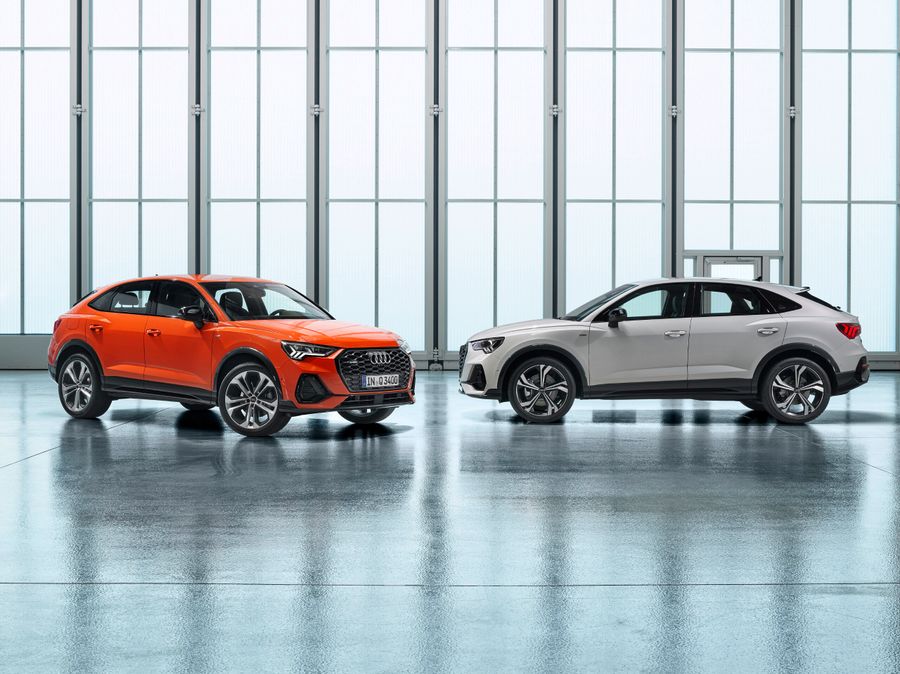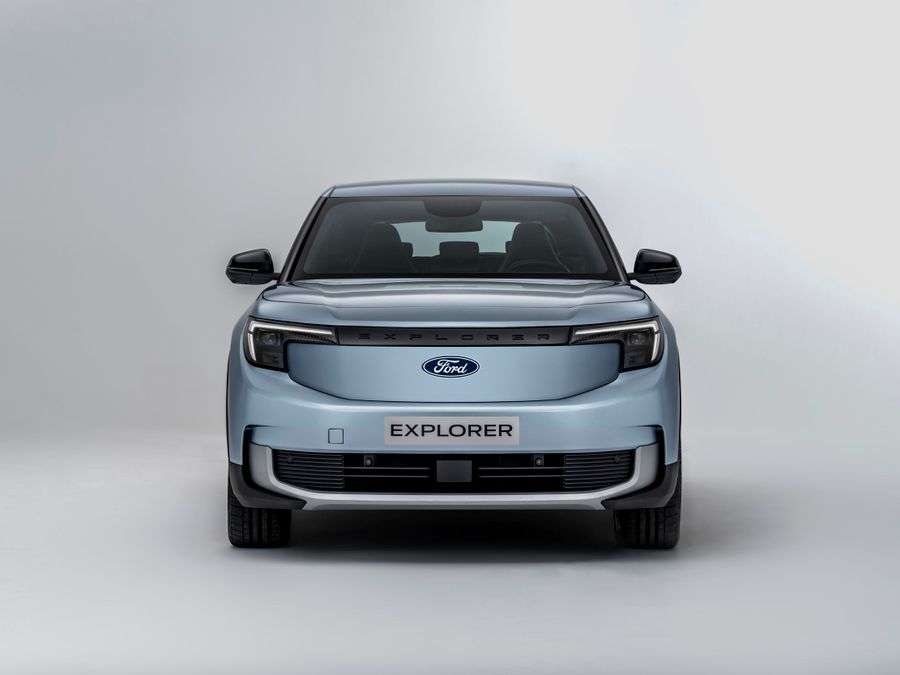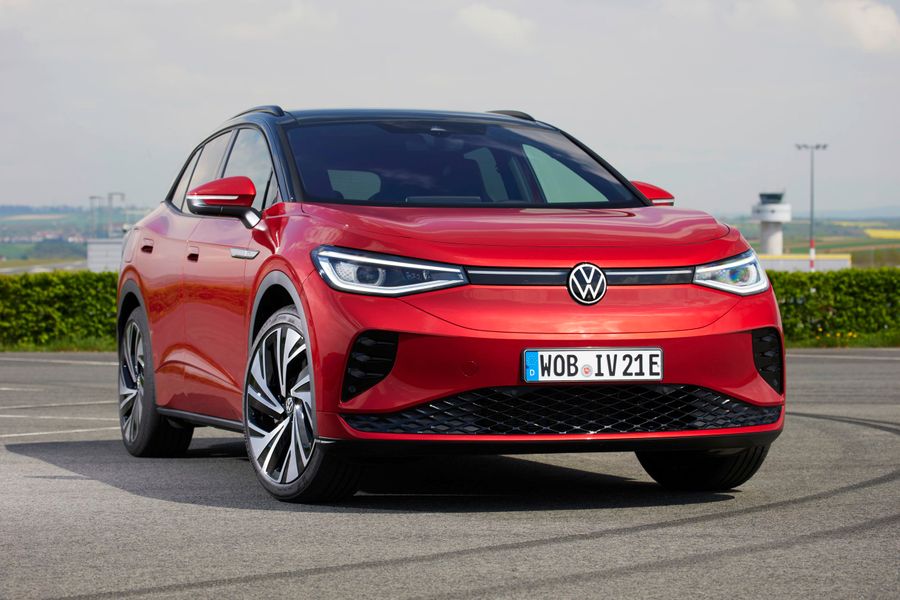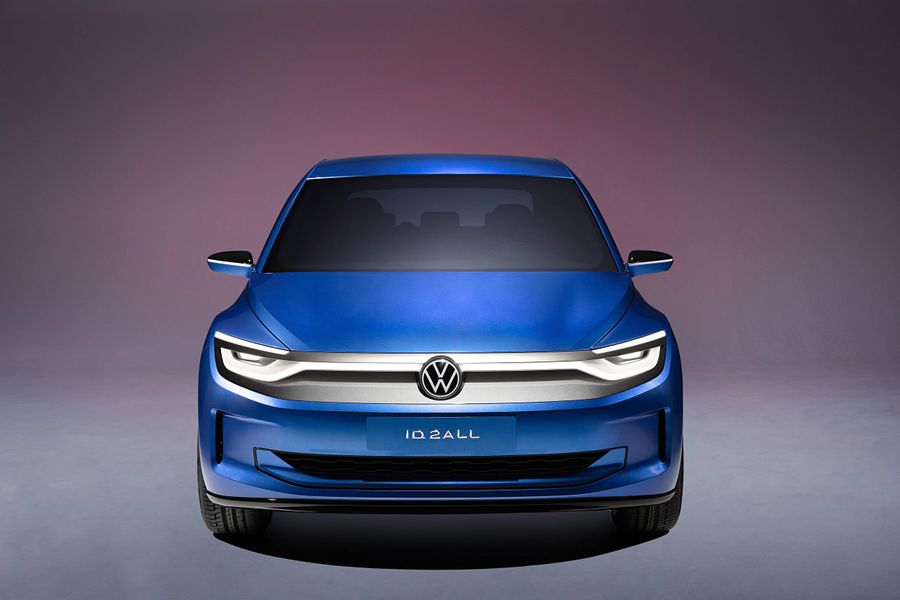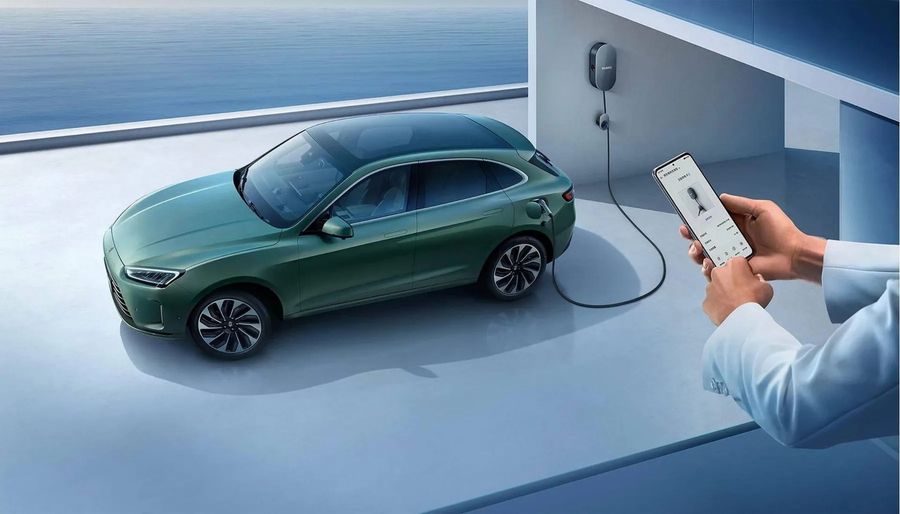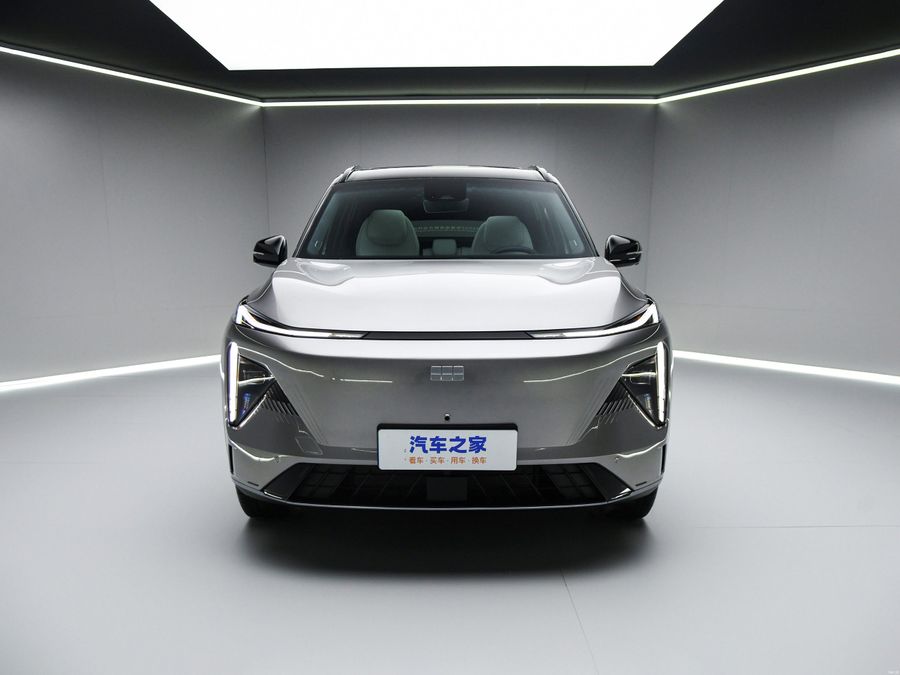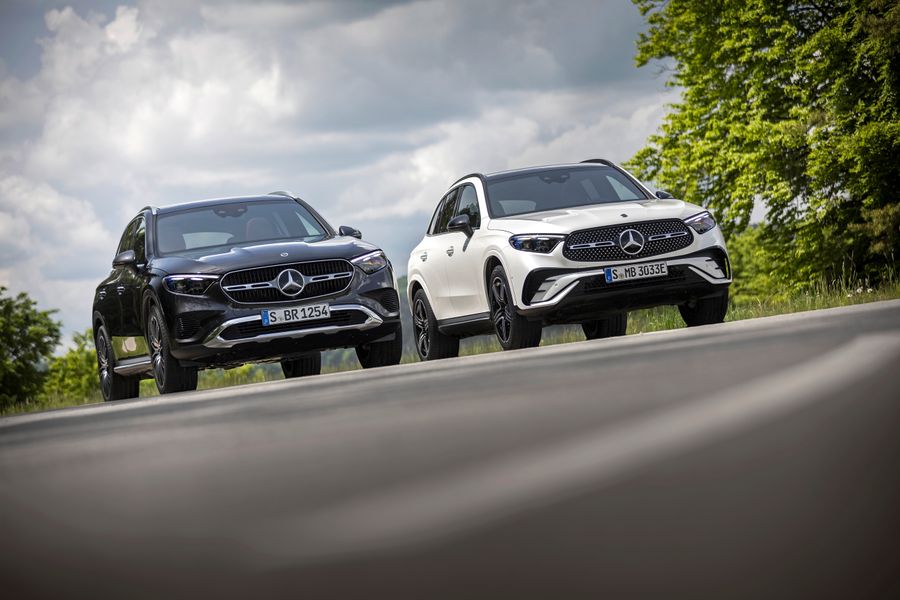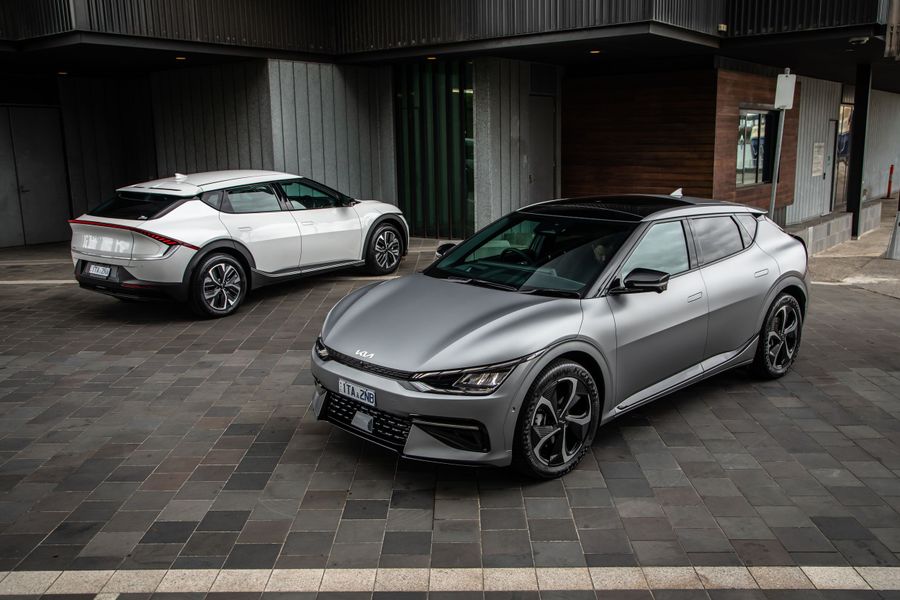
Hyundai Ioniq Hatchback. 1st generation, 2019 restyling
The Hyundai Ioniq is the very first hybrid car manufactured by Hyundai Motor Company (South Korea) since 2016. During the first three years of sales, the Ioniq gained considerable popularity. For example, 32 thousand cars were sold in Europe, beating the record of the Toyota Prius by more than twice. In January 2019, in order to maintain interest in the profitable model, the manufacturer unveiled hybrid versions of the restyled Ioniq. In May, the electric version was also upgraded. All the versions are still 5-door front-engine and front-wheel drive hatchbacks only. All modifications are presented in Israel, except for the Plug-in-hybrid.
The Toyota Prius is one of the closest competitors of the new Hyundai Ioniq. The list of opponents also includes the Tesla Model S and the electric Nissan Leaf. Moreover, the new model can theoretically compete with the Hyundai Kona Electric and Kia Niro SUVs, built on the same platform. The environmentally-friendly Ioniq is of interest to those who prefer a combination of practicality and functionality with an affordable cost and low-cost maintenance.
Exterior
The exterior of the 2019/2020 Hyundai Ioniq has been slightly upgraded according to the usual recipe. The restyled model features a new radiator grille with a large-mesh pattern, a new front bumper and wheel discs painted differently. The top-end Ioniq models feature modernized LED headlights and upgraded taillights. The electric version has also received a new grille and new optics. The choice of body colors has been expanded from four shades to nine. All the changes have not affected the hatchback’s aerodynamics, so just as before, the drag coefficient is 0.24. Like the previous version, the new Ioniq is 4,470 mm long, 1,820 mm wide and 1,450 mm high, with a wheelbase of 2,700 mm.
Interior
The interior has changed most noticeably. The dashboard now features a large black section, which includes a climate control sensor unit, ventilation deflectors and a bright display of the media system. The latter has grown from 7 to 8 inches or from 8 to 10.25 inches for top-end trim levels. Moreover, multimedia can be controlled by voice. The location of the ventilation deflectors has changed, and the climate control unit has been updated. The proprietary Blue Link application allows you to adjust some parameters and control, for example, the ‘climate’ via a smartphone.
Equipment
The new Hyundai Ioniq offers modified electronics and a variety of driver assistants, including an automatic braking system, lane keeping assist, lane marking tracking and blind spot monitoring. The hybrid version has an eco-friendly Green-Zone drive mode, which switches the car to electric traction if the navigator ‘notices’ the car entering the ‘green’ zone (parks, reserves). It is even possible to accumulate electricity to travel along such a zone, if the route is built in advance. The basic equipment of all versions includes 7 airbags, front and rear parking sensors, a rear view camera, front seats with lateral support, cruise control, climate control, SmartSense security package, and a multimedia system with an 8-inch display (built-in navigation, voice control and support for CarPlay/Android Auto).
Powertrains
The Hyundai Ioniq 2020/2021 has not changed much here. The Hybrid and Plug-In versions have the same 1.6 GDI naturally aspirated petrol engine with 105 hp and 147 Nm, which is assisted by new electric motors. The Hybrid uses a 43.5 hp electric motor (173 Nm) with a 1.56 kWh battery. The Plug-In version comes with an electric motor generating 60.5 hp (173 Nm), supplemented with an 8.9 kWh battery rechargeable from an outlet (not supplied to Israel). Both units are coupled with a 6-speed DCT gearbox. It is known that fuel consumption of the Hybrid version should be only 4.2 liters per 100 km.
The electric version features a new lithium-polymer traction battery, the capacity of which has grown from 28 to 38.3 kWh. The driving range is now 294 km (WLTP cycle) instead of 204 km. The power of the electric motor has increased to 136 hp (by 16 hp), but the torque is still 295 Nm. Acceleration to 100 km/h occurs in 9.9 seconds, while the top speed is 165 km/h. Standard charging has become more powerful by 0.6 kW (now 7.2). You can use the fast charging station to charge the battery up to 80% in less than 54 minutes. There is the fourth Eco+ driving mode, in which the Ioniq spends energy very reluctantly, leaving an emergency supply just in case. There is also a ‘one-pedal’ driving mode, where the degree of deceleration determines the smoothness of the accelerator release.


